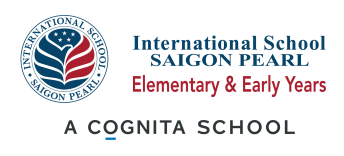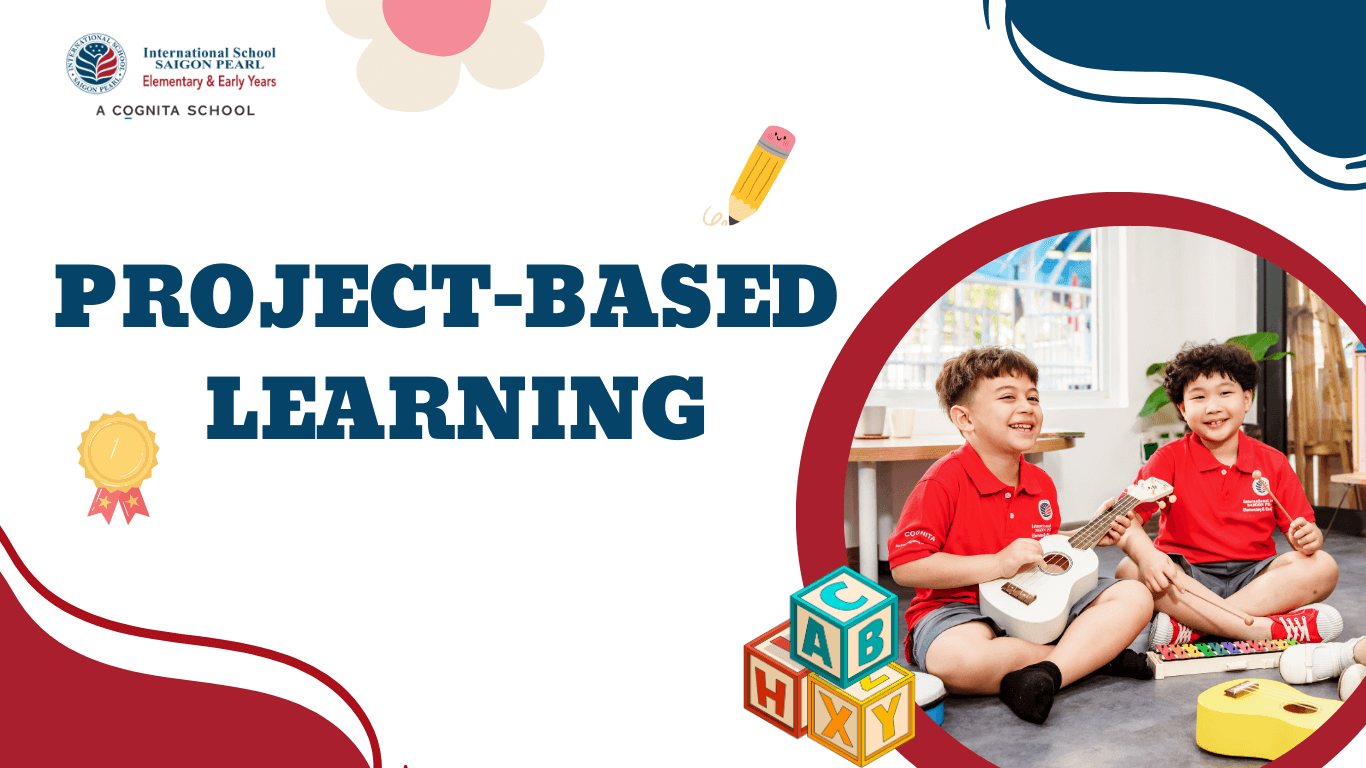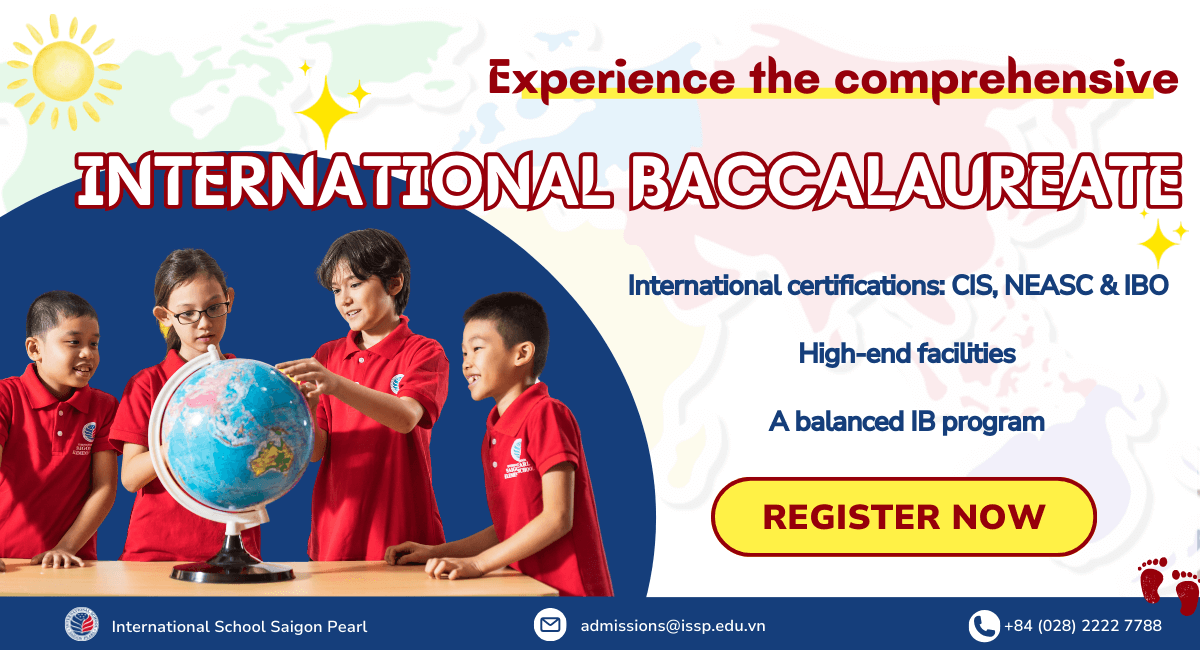Contents
Previously, traditional learning and teaching such as assigning lots of homework made students easily become tired and stressed, gradually leading to “fear” and children do not find joy when studying. Today, with thorough research and updates on the latest teaching trends in the world, the project-based learning method is replacing traditional teaching methods, helping students learn. So, what exactly is project-based learning, and what are its advantages and disadvantages? Let’s find out with ISSP through the article below.
>> Read more: What is Montessori method? Principles of Montessori Method
Visit International School Saigon Pearl (ISSP) to experience the the curriculum built on IB PYP framework for elementary students today:
What is project-based learning?
Project-based learning (PBL) is a teaching method that emphasizes student-centered, proactive exploration of real-world problems and challenges. In project-based learning, students can delve deep into a complex and engaging problem or challenge, with focused and sustained attention. This approach allows them to absorb and practice the knowledge they have learned more effectively than traditional methods. This method requires students to concentrate intently and apply other necessary skills to solve problems.
Questions or challenges in this method need to meet the following conditions:
- Encourage students to apply skills and knowledge learned in class
- Allow students to use their methods to come up with answers
- Be open to other aspects of life.
Driven by critical thinking, project-based learning is often interdisciplinary and encourages students to undertake a challenging problem-solving process to build skills and acquire knowledge through a learning process.
>> Read more:
- Play-based learning: What it is and Why it is essential for kids?
- Inquiry-based learning at International School Saigon Pearl

What is project-based learning? (Source: Internet)
Essential elements of project-based learning
Project-based learning is characterized by several essential elements that distinguish it from traditional instructional methods. These elements ensure that project-based learning is effective in fostering deep learning and skill development. Here are the key elements:
- Challenging problem or question: The project is centered around a meaningful problem or question that is relevant to the students’ lives and interests. It should be complex enough to challenge students and require sustained inquiry.
- Sustained inquiry: Students engage in a rigorous, extended process of asking questions, finding resources, and applying information. This inquiry is iterative and often involves cycles of research, action, and reflection.
- Authenticity: Projects should be authentic, meaning they involve real-world context, tasks, tools, and standards.
- Student voice and choice: Students have a significant say in the project, including the choice of the topic, the processes they use, and the final product. This ownership increases motivation and engagement.
- Reflection: Students and teachers reflect on what is being learned, how it is being learned, and the project’s impact. Reflection helps in understanding and improving the learning process.
- Critique and revision: Students give, receive, and use feedback to improve their processes and products. This iterative cycle of critique and revision enhances the quality of the work.
- Public product: The culmination of the project is a final product that is shared with an audience beyond the classroom. The public aspect gives the work purpose and motivates students to produce high-quality work.
>> Read more: The EAL program (English as an Additional Language) at International School Saigon Pearl (ISSP)
Benefits of project-based learning
Project-based learning offers a range of benefits that enhance student learning and development. Here are some key advantages:
Connects students to the world
Project-based learning is a teaching method that allows students to explore topics in greater depth than traditional academic methods. This type of learning helps students to connect with real-life situations, providing them with useful knowledge and skills that will help them handle real-world challenges.
Provide opportunities for students to engage in in-depth research
Project-based learning has numerous benefits, including the improvement of long-term memory as students delve deeper into research content. Additionally, this structure helps build intrinsic motivation by focusing student learning around a central question or problem that leads to a meaningful outcome. Ultimately, students become more eager to understand the answer or solution themselves.
Enhance student academic achievement
Project-based learning (PBL) enhances student academic achievement by fostering deeper understanding and retention of material. Through hands-on, real-world projects, students engage more actively with the content, leading to better comprehension and memory. The PBL method also develops problem-solving, and research skills, which are essential for academic success.
Skills development
Project-based learning significantly enhances skill development by immersing students in real-world tasks that require problem-solving, and collaboration. Through project-based learning, students improve their research abilities, learn to work effectively in teams, and develop strong communication skills. The hands-on nature of projects also helps them manage time, plan, and organize their work more efficiently.
>> Read more: The curriculum built on IB PYP framework at International Primary School Saigon Pearl

Project-based learning offers a range of benefits that enhance student learning (Source: ISSP)
Disadvantages of project-based learning (PBL method)
However, the project-based learning method has some disadvantages, such as:
Subjectivity in assessments
One disadvantage of project-based learning is the subjectivity in assessment. Unlike traditional tests with clear right and wrong answers, project-based learning assessments often depend on subjective criteria such as creativity, effort, and collaboration, which can vary significantly among teachers. This subjectivity can cause students to perceive the assessment process as unfair and can make it difficult to ensure that all students are assessed fairly.
Hyper-focus on product creation
In daily project-based learning, there can be a shift from developing and applying essential skills to merely working on a product. This emphasis on product creation can sometimes overshadow the learning process itself, leading to the neglect of critical thinking, reflection, and understanding of core concepts. Consequently, this can result in a superficial understanding of the material and limit the depth of learning, weakening the educational benefits that project-based learning aims to provide.
>> Read more: English Immersion vs Bilingual Education Programs

Disadvantages of project-based learning (Source: ISSP)
How does project-based learning differ from “doing a project”?
Project-based learning and “doing a project” may seem similar, but they are fundamentally different in scope, depth, and educational impact. Several key characteristics distinguish “doing a project” from engaging in project-based learning.
Project-based learning is a comprehensive approach to teaching important knowledge and skills that students need to learn. It aims to develop a wide range of skills, including critical thinking, collaboration, and self-management, alongside the acquisition of knowledge. In contrast, “doing a project” is a shorter, standalone activity that complements traditional instruction. The primary goal of “doing a project” is often to demonstrate an understanding of a particular topic or concept covered in class, rather than driving the learning process itself.
Assessment in project-based learning is ongoing and multifaceted. It includes formative assessments, self-assessments, peer assessments, and a final summary assessment of the project and the learning process. Feedback is provided throughout to guide improvement and learning. However, the assessment of “doing a project” is usually summative, focusing mainly on the final product. The grading criteria are often based on the result, with less emphasis on the process and skills developed along the way.
>> Read more: What is the Difference Between the American Curriculum and IB?

Some key characteristics that distinguish “doing a project” from project-based learning (Source: ISSP)
Some of the project-based learning examples
It is not always easy to come up with a “project” that meets project-based learning requirements. Creating a question that leads to meaningful and real-world learning experiences is not a simple task. ISSP will suggest you a few examples of project-based learning projects across various subjects:
Small Garden
In this project-based learning (PBL) activity, the teacher prepares the necessary tools for planting activities and guides students to plant and care for a small garden in the classroom. Through this hands-on experience, children will gain knowledge about various types of plants and how to nurture them. Additionally, the project aims to foster essential skills in children, including observation skills, teamwork abilities, and a sense of responsibility.
Create a flag
Children will utilize craft materials like paper, colors, scissors, and others to draw and create flags from various countries around the world. Through this project, children will gain a deeper understanding of the characteristics of flags from different nations, develop an awareness of cultural diversity, and cultivate a sense of patriotism.
The above article clearly states information about project-based learning. At ISSP, under our program following IB framework, students will normally do projects at the end of each unit of inquiry. Then, they will share the projects with their teachers, classmates, and parents, showcasing the skills and knowledge they have acquired throughout the unit. This learning approach helps children develop the profile of an IB learner, including open-minded, principled, balanced, reflexive, caring, communicator, risk-taker, knowledgeable, inquirer, and thinker. ISSP hopes that parents have gained useful information about project-based learning approach through this article.
For further information or to book a visit to International School Saigon Pearl (ISSP), parents can contact the ISSP Admissions Office via:
- Phone: +84 (028) 2222 7788
- Email: admissions@issp.edu.vn
>> Read more:









